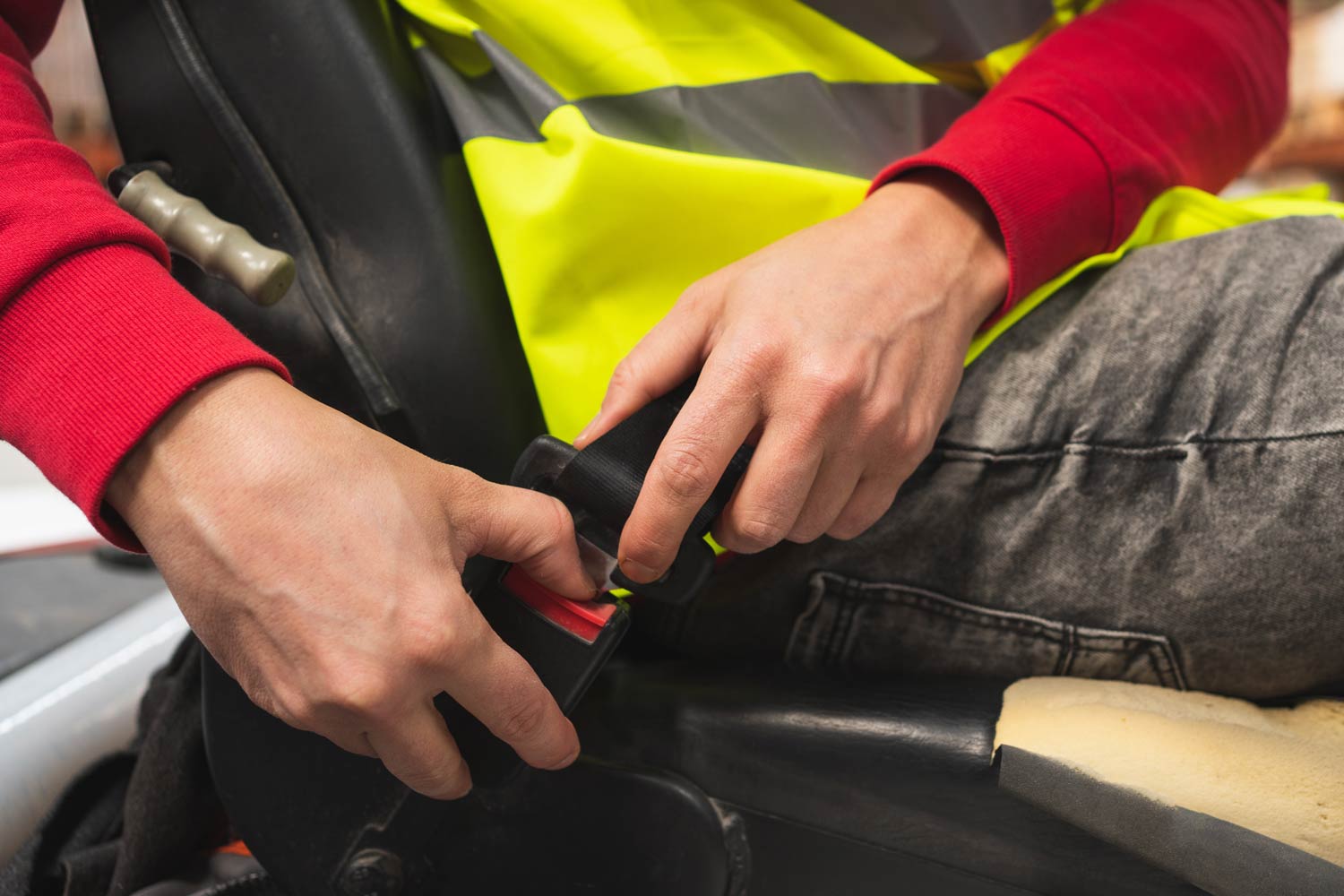Regulatory Amendment: Three-Point Seat Belts in High-Risk Vehicles
WorkSafeBC is proposing regulatory amendments related to using seat belts in high-risk vehicles. These changes mandate a minimum of three-point seat belts in some high-risk environments, particularly for certain types of Rollover Protective Structure (ROPS)-equipped prime movers.
So far, the types of equipment that will be affected by the changes include haul trucks, prime movers used in forestry operations, and those used for activities related to fighting forest fires or land clearing on steep slopes exceeding 35%. The regulatory amendment may also impact rough terrain (RT) mobile cranes and other types of off-road equipment such as telehandlers.
The goal is to reduce upper body trauma risks during rollovers. Although two-point lap belts keep operators within the ROPS, three-point belts can offer additional protection, such as helping to prevent head strikes against hazardous features inside the cab.
Three-point seat belts include a lap belt and shoulder belt, consisting of a single strap that crosses the shoulder and hips. The diagonal strap across the shoulder helps restrain upper body movement during crashes or sudden stops.
The proposed amendments concern BC Occupational Health and Safety Regulation (OHSR) Part 16, Mobile Equipment, sections 16.21 to 16.21.1 – Seat belts. A consultation phase has concluded. The next step is a public hearing which is to be scheduled soon.
See the proposed changes on the WorkSafeBC website where you can also sign up to get notified about updates on the progress of the amendments.




 Image Credit: August Lam
Image Credit: August Lam